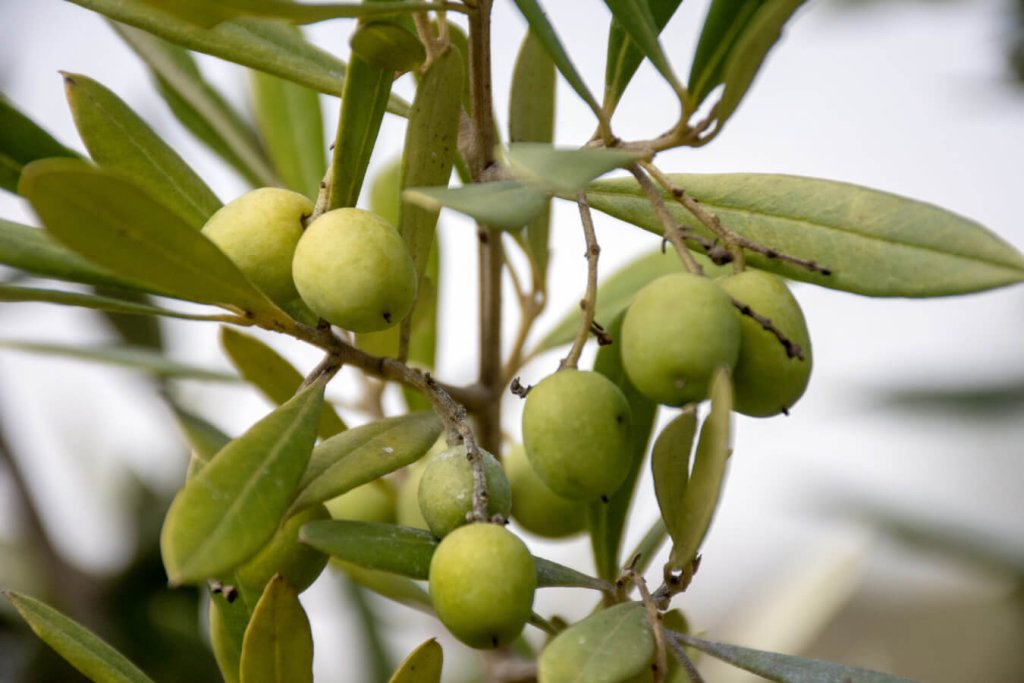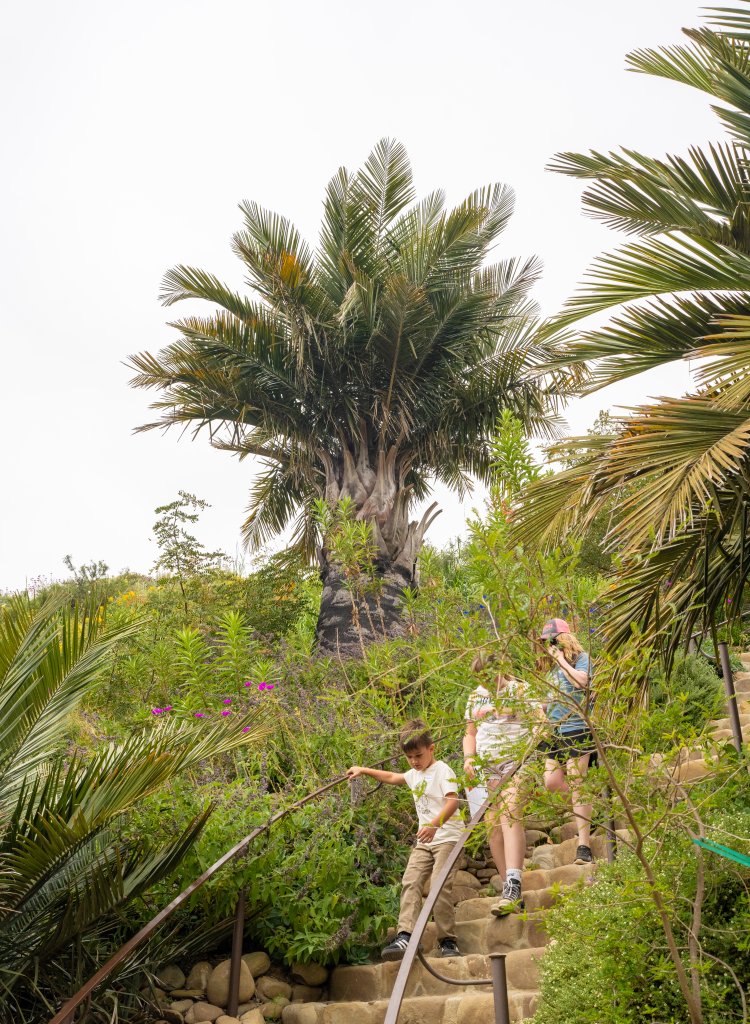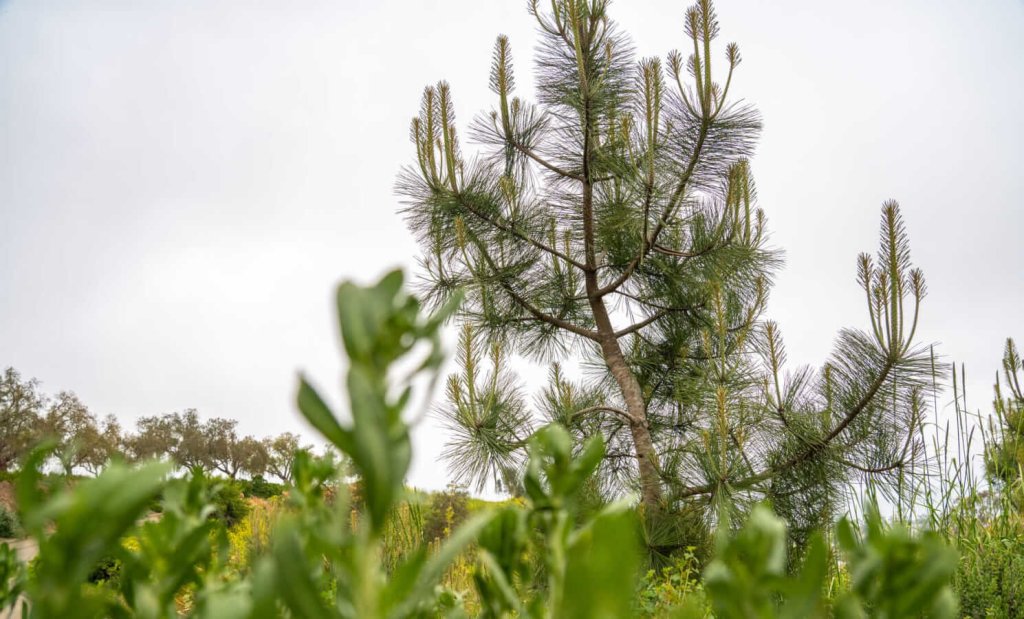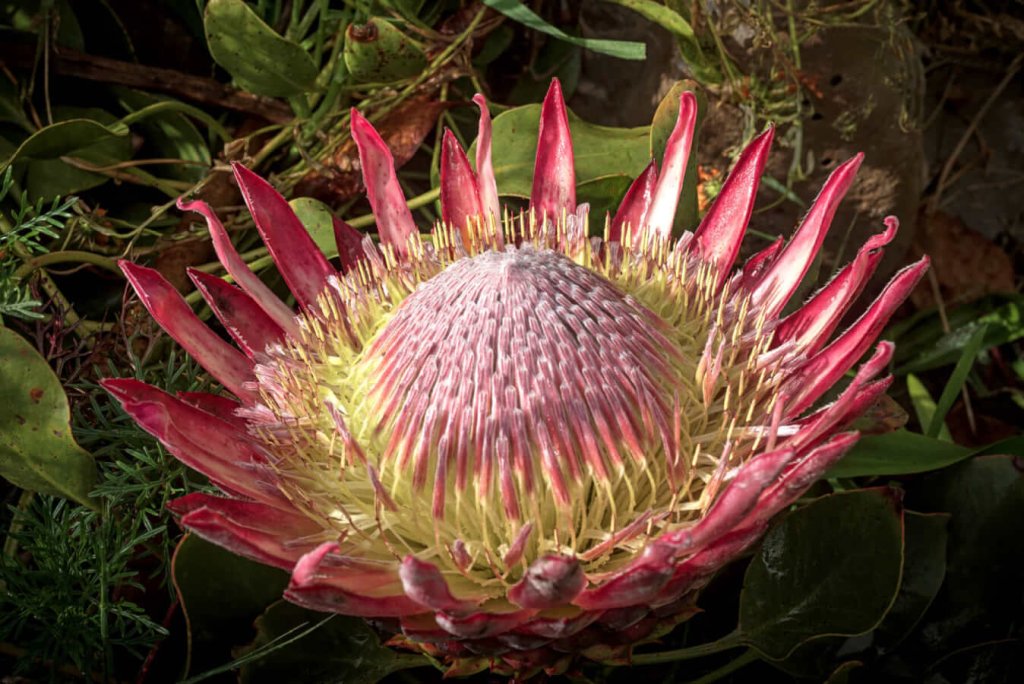Posted: Thursday, May 16th, 2024
Updated: Thursday, Jun 6th, 2024
4 Unique Plants to Check out at Ventura Botanical Gardens
Guest Blog by Barbara Brown, Ventura Botanical Gardens
I’m not a botanist, but that doesn’t keep me from being completely fascinated by the varied plants, flowers, and trees that make up the Ventura Botanical Gardens. So, I thought I’d share some of my favorite plants and flowers, and hopefully, some of them are your favorites as well.
1. Chilean Guava Berry — Yum!

I love edibles, those secret little plants that none of us eat because they can’t be found in our local grocery store. My favorite is the Chilean guava berry, also known as the Chilean ugni berry (Ugni molinae). As you pass by these plants in our Chilean Garden (right before the stairs), you’ll first note the aroma, a tart strawberry fragrance, tempting you to pick the fruit before it ripens. Once it’s ripe, the fruit from the deep, rich red-colored berry provides a burst of intense flavor reminiscent of tart green apple, passion fruit, and citrus all in one (but don’t pick them, let’s leave the berries for the birds). This lovely fruit was purported to be a favorite of England’s Queen Victoria in the 19th century. Legend has it that when she visited Cornwall, she had the fruits sent to her so she could enjoy them before they went out of season. This plant loves shade, so as our Chilean garden shade trees grow, more ugni berry shrubs will be added.
2. Chilean Wine Palm — Aging so gracefully

Considered by many as one of the most impressive palms in the world, the Chilean Wine Palm can grow to 80 feet tall with a girth of 30 feet. The tree is threatened, largely due to the practice of cutting off the head in search of the gallons of the honey sweet sap used for winemaking. It is now protected in Chile.
This very slow grower enjoys its youth; it doesn’t flower until its sixtieth birthday. The palm’s tiny fruits are called coquitos (small coconuts) and for millennia, the fruit fed the indigenous populations in Chile. You can find these trees in the Chilean Garden at VBG, framing the first set of stairs.
3. Torrey Pine — Rugged and Rare

In the Ramble above the Confluence, we planted a number of native California pines including the Monterey, Bishop, Torrey, and Foothill pines. My favorite is the Torrey Pine, in part because it is among the most rare and critically endangered pines in the world, but also in part because it can survive in extremely harsh conditions. The trees can be hard to recognize but are strangely beautiful as they gnarl and dwarf adapting to their environs.
There are only two surviving wild populations left—one on Santa Rosa Island and one in coastal San Diego. During times of drought, the California Five Spine Engraver Beetle and Red Turpentine Beetle have done a great deal of damage to these tree populations.
The tasty pine nuts were prized by the Chumash nations as an important food source for the fat, protein, zinc, and magnesium they provided. These trees are so exotic and rare that right now, the cost of one seed runs around $22!
4. King Protea — Weirdly Wonderful

The most beautiful, ugly plant in the gardens is the King Protea, the national plant of South Africa. To me, it looks like it should be a cast member from the Rocky Horror Picture Show. Beautiful in a wide range of colors, the blush pinks, reds and creams juxtapose hairy brown-black tips. This plant is a favorite of florists because the blooms last a very long time. Its hairy-ness (or fluffiness) is what makes it seem so exotic. That, and the bud, which is adorable…kind of like a tiny artichoke, with the promise of a dramatically beautiful bloom to follow.
Things to Do
Family Fun
Outdoors
Biking & Hiking Trails
Discover More
Get to know Ventura, and discover the best things to do around the city.
Ventura’s Outdoors Are Getting Attention
Birds that love living in Ventura
5 Ways to Enjoy Nature in Ventura
Ventura Botanical Gardens are a hidden gem steps from downtown
A Tour of the Ventura Botanical Gardens: Experience A Walk in Nature
The view that never gets old.
Ventura Partners With







